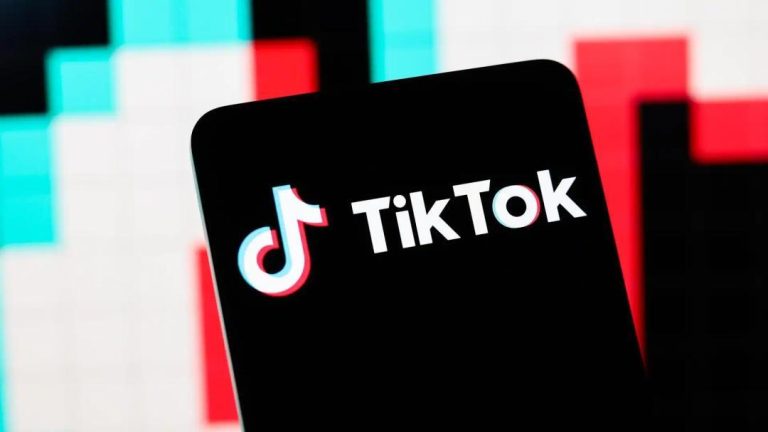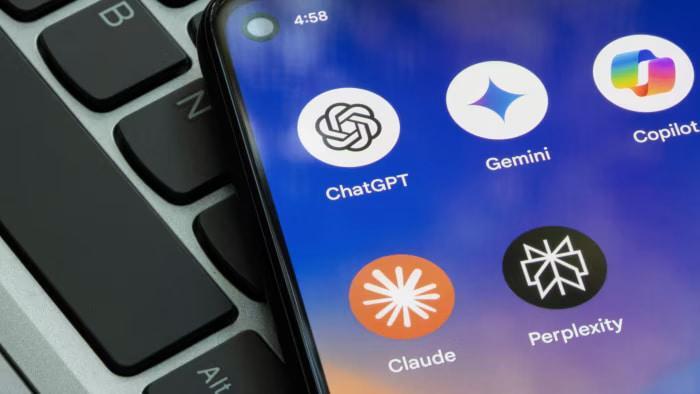
Insta Sparks Desire Fast; FB Drives Deeper Brand Engagement
When it comes to social media marketing, two platforms reign supreme: Instagram and Facebook. Both have their unique strengths and weaknesses, and the most effective marketers know how to harness their power to drive engagement and conversions. In this blog post, we’ll explore the differences between Instagram and Facebook, and how marketers can sync their strategies to achieve maximum impact.
Instagram: Where Desire is Born
Instagram is often referred to as the “aspirational” platform. Its visually-driven format is perfect for showcasing products, services, and lifestyles that evoke feelings of desire and FOMO (fear of missing out). With influencer marketing on the rise, Instagram has become a go-to platform for brands looking to reach a younger, more affluent audience.
In fact, a study by Growth Jockey found that Instagram builds brand desire faster than any other platform, with 72% of users saying they have purchased a product or service because of a post they saw on the platform. What’s more, 64% of users reported feeling more inclined to try a product or service after seeing it advertised on Instagram.
But what makes Instagram so effective at sparking desire? The answer lies in its unique format. With its focus on visual storytelling and influencer content, Instagram allows brands to showcase their products in a way that’s both aspirational and relatable. Whether it’s a luxury fashion brand showcasing their latest collection or a wellness brand sharing a stunning yoga pose, Instagram’s visual-centric format makes it easy for users to imagine themselves as part of the brand’s world.
Facebook: Where Deeper Engagement Happens
While Instagram may be great at sparking desire, Facebook is where the rubber meets the road. With its vast user base and diverse range of content, Facebook is the perfect platform for facilitating deeper engagement.
Growth Jockey’s study found that Facebook drives deeper brand engagement, with 64% of users reporting that they have explored reviews, clicked through to a website, or followed a brand conversation after seeing an ad on the platform. What’s more, 56% of users reported feeling more likely to trust a brand after seeing an ad on Facebook.
So, what makes Facebook so effective at driving deeper engagement? The answer lies in its more functional format. With its focus on news, updates, and conversations, Facebook allows users to connect with brands on a more meaningful level. Whether it’s reading reviews, sharing feedback, or asking questions, Facebook’s platform is designed to facilitate a two-way conversation between brands and their customers.
The Smartest Marketers Sync Their Strategies
So, what can marketers learn from the differences between Instagram and Facebook? The answer is simple: sync your strategies. Rather than choosing between the two platforms, the smartest marketers are finding ways to leverage their strengths to drive maximum engagement and conversions.
Here are a few tips for syncing your Instagram and Facebook strategies:
- Use Instagram to spark desire: Use Instagram to showcase your products or services in a visually-driven format. Whether it’s through influencer marketing, user-generated content, or product showcases, Instagram is the perfect platform for building brand desire.
- Use Facebook to drive deeper engagement: Use Facebook to facilitate deeper engagement with your customers. Whether it’s through targeted ads, reviews, or customer conversations, Facebook is the perfect platform for driving conversions and building trust.
- Use Instagram Stories to drive traffic to Facebook: Use Instagram Stories to drive traffic to your Facebook page. With its swipe-up feature, you can direct users to your Facebook page, where they can engage with your brand on a deeper level.
- Use Facebook to promote your Instagram content: Use Facebook to promote your Instagram content. With its vast user base and targeting capabilities, Facebook is the perfect platform for reaching a wider audience and driving engagement with your Instagram content.
Conclusion
Instagram and Facebook are two powerful platforms that, when used together, can drive maximum engagement and conversions. By syncing your strategies and leveraging the strengths of each platform, you can build brand desire, drive deeper engagement, and ultimately, achieve your marketing goals.
Remember, the smartest marketers don’t choose between Instagram and Facebook – they sync them. By understanding the unique strengths and weaknesses of each platform, you can create a marketing strategy that drives real results.
Source: https://www.growthjockey.com/blogs/instagram-vs-facebook-user-preferences-and-engagement






